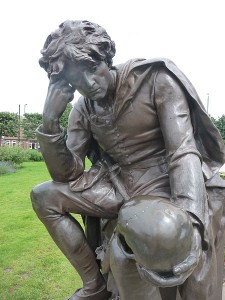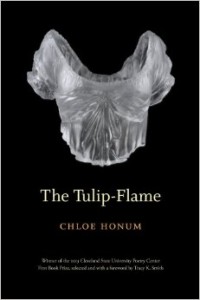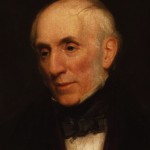
No one shoos pigeons from his marble hair
or sandblasts tears of soot from craters
in his cheeks. No sculptor climbs a ladder
to carve or hoist his stovepipe hat.
Having stared so long at the moldy onion
of the Capitol, his eyes solidify to chalk.
His shadow slips toward fluted columns
and skies doublecrossed by jets.
Stars fall into the black reflecting pool
like snow on the grave of his beloved Ann.
Again he fingers a jack-knife in his pocket
while a nighthawk cheeps on a branch.
A man in torn army coat and camouflage fatigues
pushes a shopping cart full of amputated limbs
from Bull Run through Washington’s mud.
Cars filibuster up Rock Creek.
Where Whitman wrote letters home for the dying,
offering them sweetcrackers and raspberries
on hospital cots of pine boughs,
grass fades like dollar bills.
Shadows touch the bronze boot
of a bandoliered solider rubbed to gold
by NRA lobbyists, slip toward a monument
splitting green turf like a beached destroyer.
How many ghosts have read the Braille
carved in its black hull? How many
have seen the dead light candles
and float them across the Potomac?
Soon tourists dressed like John Wilkes Booth
scuffle beneath Lincoln’s stone boots,
trigger fingers poised on loaded cameras.
Planes reopen the wound in his head.
He stares at monumental clouds,
like the time he threw away his flintlock
and stood on a stump in a cleared field
waiting like marble for the words to come.

Henry Hart has written three books of poetry (The Ghost Ship, The Rooster Mask, and Background Radiation). His poems have been published in The New Yorker, Kenyon Review, Sewanee Review, and other journals, and served as a founding editor of the international poetry journal Verse. Henry Hart is currently a Professor of English and Humanities at the College of William and Mary. “Lincoln in Marble” was previously published in Shenandoah Volume 47, Number 3.
On the week of Abraham Lincoln’s birthday and with the upcoming 150th anniversary of his assassination, Henry Hart’s poem explores the ways we commemorate one of the nation’s greatest presidents. However, the poem’s tone reflects the grim reality of Lincoln’s legacy; though we build monuments to the man and know his face, we fail to shoo the pigeons from the monument’s hair or prevent his eyes from becoming chalky after gazing upon the Capitol and the modern government. It’s somewhat easy to trivialize the man whose face is so commonplace that it greets you every time you see a penny on the sidewalk or pull a five dollar bill out of your pocket. The line “grass fades like dollar bills” reminds us of this fact and brings attention to Lincoln’s modern reputation. Tourists who visit the Lincoln Memorial (“dressed like John Wilkes booth”) and are interested in the spectacle of the monument itself rather than displaying deference to the actual man minimalize the enormous impact Lincoln had in shaping the country we know today. Hart’s final stanza recalls the reason why Abraham Lincoln is worth remembering even today by conjuring images of the Gettysburg Address, reminding us of the incredible challenges he faced as president in guiding the country through a Civil War and successfully rebuilding it as a united nation in its aftermath.
Those interested in recent publications about the life and death of Abraham Lincoln should check out the newly released books Mourning Lincoln by Martha Hodes, Lincoln’s Body by Richard Wightman Fox, and Founder’s Son: A Life of Abraham Lincoln by Richard Brookhiser.






